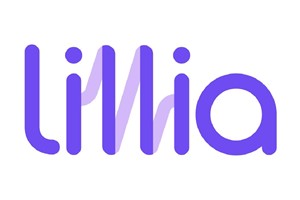The 2024 National Survey of Canadian Physicians highlights the growing adoption of digital tools among Canadian physicians, aimed at enhancing patient care. However, the report stresses the need for better integration within the health system to fully realize the benefits of these technologies.
The survey shows a significant increase in the use of electronic tools, particularly driven by challenges like the COVID-19 pandemic and ongoing health human resources (HHR) shortages. Key findings indicate progress in reducing administrative burdens and improving patient care through digital adoption.
Currently, 95 percent of physicians use electronic records for entering and retrieving patient notes, a notable rise from 87 percent in 2021, 82 percent in 2017, and only 39 percent in 2010. Furthermore, 80 percent of physicians have ceased using paper for patient information, with 65 percent relying on a single electronic system.
The use of artificial intelligence (AI) in patient care has also increased, with 7 percent of physicians now incorporating AI, compared to just 2 percent in 2021. Despite these advances, challenges remain—73 percent of physicians identified poor system integration and unconnected platforms as significant barriers.
In addition, 68 percent of respondents reported spending over an hour each day searching for patient information necessary for care, and 44 percent of physicians experienced burnout, with 5 percent feeling completely burned out.
Simon Hagens, Vice President of Performance at Canada Health Infoway, emphasized, “The National Survey of Physicians provides the industry valuable and up-to-date insight on the experiences of physicians and how their practices have changed over time.”
CMA President Joss Reimer added, “Physicians across Canada are embracing digital health tools, while also highlighting that there is much work to be done to ensure these tools truly enhance care delivery.”
The survey supports the need for advancing the Shared Pan-Canadian Interoperability Roadmap, which aims to create a connected healthcare system.
By Freschia Gonzales












